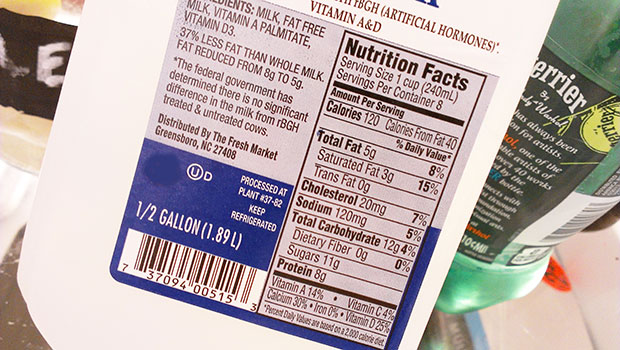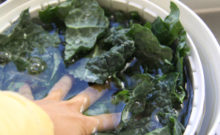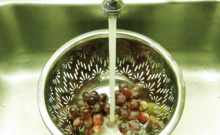 While most of us agree that reading food labels before buying is absolutely crucial to maintaining a healthy, balanced diet, few people do it on a regular basis – and even fewer know how to do it correctly. Food labels are in fact very simple to read, and knowing how to read them properly can be extremely beneficial, not only to people that suffer from health issues, but also to anyone that like to monitor closely the foods that they put in their body.
While most of us agree that reading food labels before buying is absolutely crucial to maintaining a healthy, balanced diet, few people do it on a regular basis – and even fewer know how to do it correctly. Food labels are in fact very simple to read, and knowing how to read them properly can be extremely beneficial, not only to people that suffer from health issues, but also to anyone that like to monitor closely the foods that they put in their body.
Serving Size
Understanding each component of a food label plays an important role and usually begins with the serving size. The latter is listed in standard measurements. Foods that are similar tend to have very similar serving sizes. Labels also include “serving per container” to help people calculate how many calories can be found in an entire package. The serving size is usually the recommended amount to eat. As an example, if the serving size is 3 cookies and the person ends up eating 6 cookies, to understand the label fully, he or she would need to multiply the amount of calories and nutrients by 2.
Calories and Nutrients
In the calories section of the label, the person is able to see how many calories can be found in one serving of food. He or she is also able to see how many of those calories come from fat. The nutrient section of the label, right in the middle, shows how many nutrients can be found in one serving of food. Those nutrients include fat, trans fat, saturated fat and sugars to name but a few. Nutrients that people should aim to have more on a daily basis are: dietary fiber, vitamin C, vitamin, iron and calcium. All other nutrients they should try to avoid.
Footnote
The final part of the food label comes in the form of the footnote. With a reminder that the Percent Daily Value is based on a 2,000-calorie-a-day-diet, the footnote is where various statements about a person’s daily calorie need can be found. The footnote also includes a list of selected nutrient values that aim at helping people with both 2,000-calorie-a-day-diet and 2,500-calorie-a-day-diet understand what a healthy diet should include.
Why is Reading Food Labels Important?
For those suffering from any kind of health issues, including high cholesterol or high blood pressure, reading the label before buying the food is imperative to understanding whether that food will have any negative impact on their health. People with allergies also should never underestimate the importance of reading food labels. As for people that do not suffer from any health issues, reading food labels before buying is a healthy habit that helps them maintain a balanced diet. Food labels are incredibly simple to read and understand. Spending a little bit more time per day reading food labels and understanding what they entail can prove to be extremely beneficial in the long run and should never be underestimated by people that suffer from serious health conditions. For more information, you can visit: http://www.mayoclinic.com/health/nutrition-facts/NU00293.



